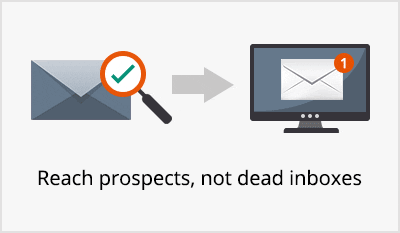Visit the website of some well-known SaaS (typically B2B). Or, go to Amazon and search “organic honey” (typically B2C). In both cases, you’ll see a huge number of reviews come up without you asking for it. That’s the power of the customer’s voice.
It doesn’t matter whether you’re into B2B marketing or B2C marketing; customer’s voice is equally important everywhere.
Strangely, not many businesses know how to increase sales using the voice of the customer. And it’s not about just increasing sales; you can use VoC data to improve customer retention and solidify your brand as well.
This post discusses how you can use VoC (Voice of the Customer) to generate revenue, and win and retain more happy customers. But first a word about the voice of customer.
What is the Voice of the Customer (Voc)
Voice of the Customer means the expressions your customers use to offer feedback about your product. It is about their experiences with your product and brand, and tells you the extent to which you met their expectations.
It is clearly an indicator of customer satisfaction. Negative reviews tell you the major areas you failed to deliver on; positive reviews tell you the areas you were successful in. When you dig deeper, you will be able to understand your customers’ requirements and expectations. This, in turn, can also be fed to your product development teams, among others.
Just like most communications, VoC can either be a response to a question or an observation shared by the customer without an external stimulus. That is, customers may offer their opinion as part of the feedback or survey you might have requested them to respond to. Or they could be sharing their feedback without being requested to do so.
VoC in business
A study says over 60% of people do not trust salespeople. Remember the image of a used-car salesman? Well, it looks like it’s the same perception everywhere you go.
And when the trust factor is missing, your sales teams will naturally have a very tough time making sales. So while you may be working hard to change this perception, your business can’t wait.
The question is: How do you build trust and create a great customer experience? The answer, not surprisingly, lies in listening to customers. Using customer voice to figure out what they are really looking for, you can dramatically change the way your customers feel about your product and your brand. More importantly, they’d begin trusting you if they see you’re listening to them and making genuine efforts.
Over 7 out of 10 consumers (73%) say customer experience is the deciding factor for them before making a purchase decision. That means if you can’t create a stellar customer experience for them, you’d be losing over 70% of your business.
How to use Voice of the Customer to increase sales
Here are five ways you can use the reviews or customer voice to generate more revenue:
1. Syndicate the reviews
First and more foremost, you want to syndicate your reviews. Basically, all your reviews should appear wherever you sell. If you are, for instance, a honey aggregator that sells over Amazon, Target, a few other online retailers, and your own site, your customers’ reviews should appear on all these sites.
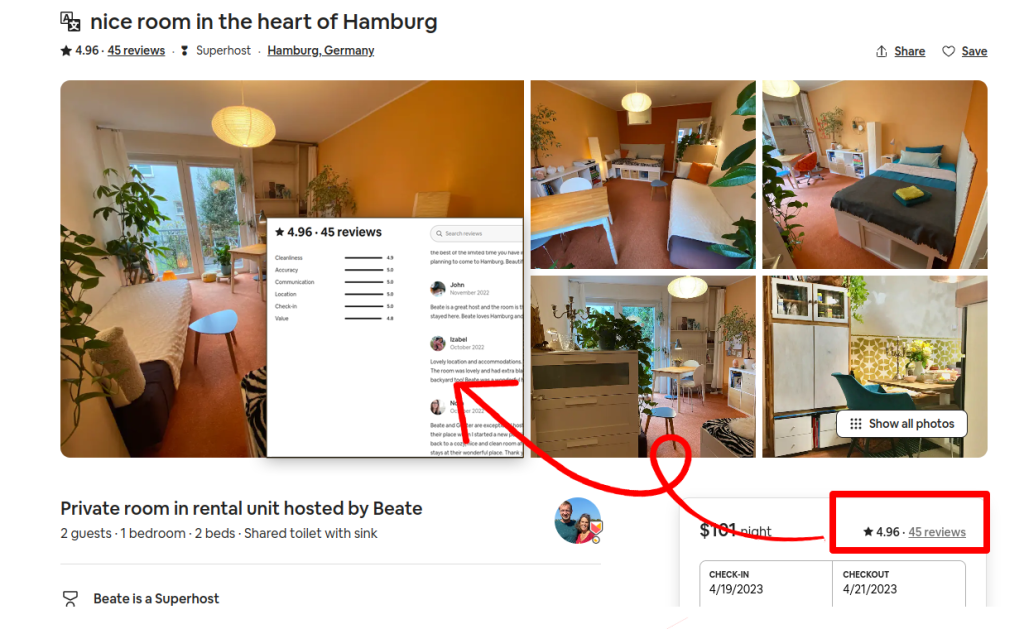
Remember, prospective customers don’t trust a website or a flyer as much as they trust the review of another customer. By sharing with them the reviews and experiences of other buyers, you are making the purchase decision easier for your prospects. If anything, this can be a great addition to what you can include in an email to increase sales.
2. Convert into reports
A number of marketing professionals miss an important characteristic about customer’s voice: it’s a survey!
Yes, your customer’s voice is one of the most authentic pieces of market study. After all, it has come straight from the horse’s mouth!
This information is a great combination of UGC (User Generated Content) and market research. Which makes it ideal for a report. Go ahead, document it well and convert it into a report.

You can share this report with prospects to show various use cases. This brings two distinct and highly prized advantages.
Firstly, prospects can clearly see how others have used your product to solve problems. That’s like the classic “the proof the pudding” situation! And secondly, because the inputs come from authentic customers, the report will enjoy a very high degree of trust.
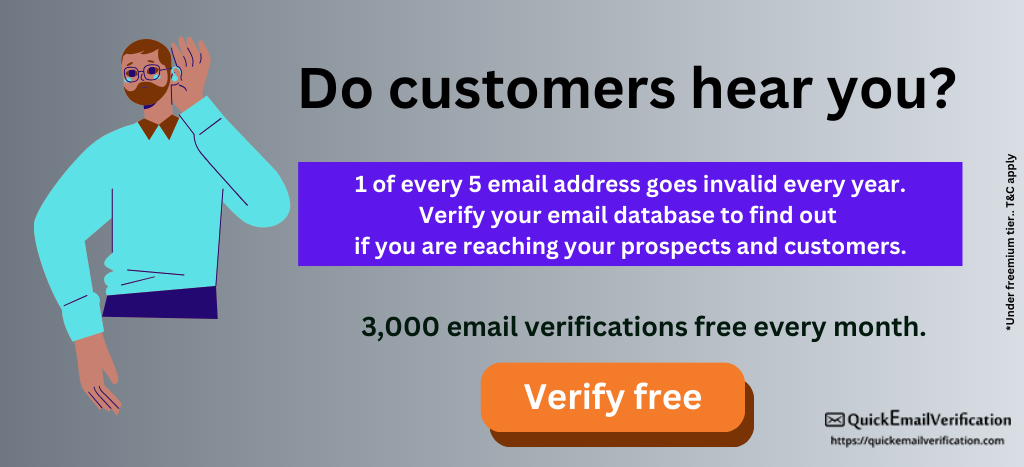
3. Use in search ads
According to Statista, Google raked in US$ 225 BN through search ads in 2022. But the important question is how effective these ads were. However, the CTR (Click Through Rate) of Google ads is estimated to be around 4-6%. Yes, you read it right, 4 to 6%.
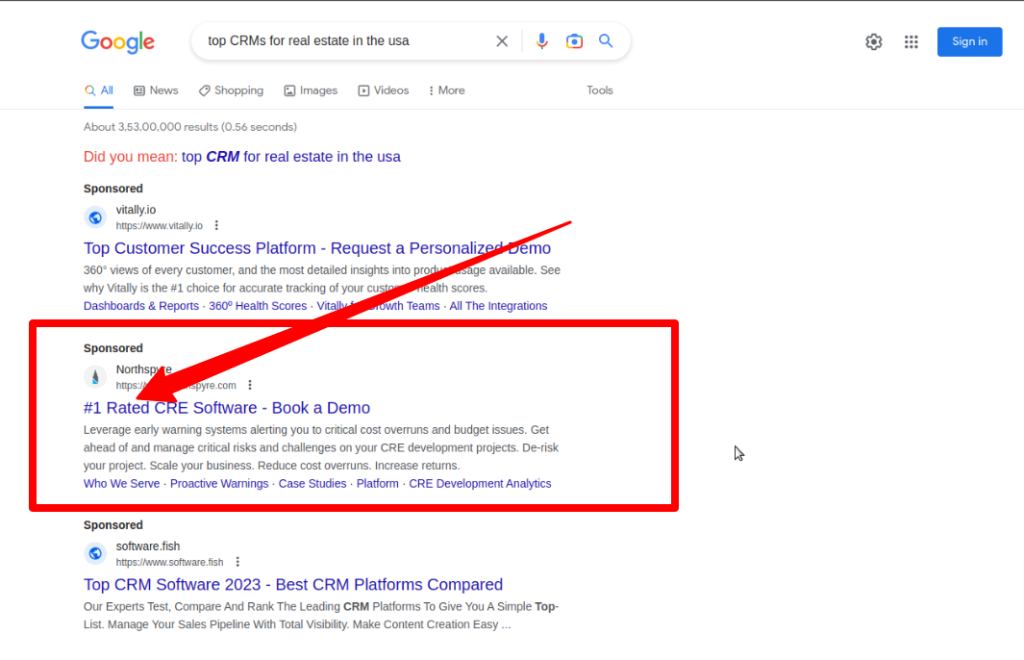
How can you make your ad-spend more efficient? The answer lies in using the customer’s voice.
Check out the analytics and keywords; in all likelihood, some of the top keywords for your industry would be the words that your customers have used while reviewing you. So if you haven’t been using the voice of the customer in your search ads, it’s high time you did.
No prizes for guessing – your prospects use similar terms while looking for a business like yours. Bigger the match between your search ad language and the phrases that your customers use, higher the chances your search ads will be successful.
4. Leverage for ABM
Customer reviews give you a very focused window in understanding how your customers use products and what kind of customers succeed the most with your product.
That’s great news, because that’s precisely where you start with account-based marketing (ABM). With a sharper understanding of your ideal customer profile (ICP), you will know which kind of prospects you should chase.
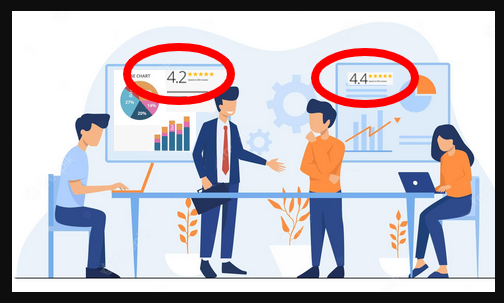
The first advantage is that you save money on your acquisition costs. But more importantly, ABM lets you win best-fit customers. That means you will be retaining these customers for a long time, helping you get more out of their lifetime value.
The second advantage lies in how it helps your business intelligence. Marketers are constantly looking to refine their understanding of the key stake-holders are target accounts. When you add your customer’s voice to your analytics, you get a clearer picture on who all are the decision-makers, how they think, what their priorities are, and more.
You can use this information to make your content more personalized and hugely improve email engagement. And that’s where your account-based marketing will take-off.

5. Train your teams
Using customer voice to train your product teams helps them appreciate customers’ PoV. They will clearly see how exactly customers are actually using the product and what results they are getting. This provides them with accurate insights on what to focus on while they develop the next version.
With the customer’s voice, your sales teams will know all problems your product has solved. As a result, when talking to a prospect, your sales teams will be able to engage much better.
Next, it helps reduce the number of tickets raised. You know what your customers find the most challenging. You can, therefore, create a short explainer video or a similar resource that will help your users. This results in saving considerable resources you’d otherwise be spending in customer support.
Slide presentation about Voice of Customer
Here is a brief presentation on the 5 ways you can use voice of customer to drive sales:
What about negative feedback?
Whenever we talk about using VoC in business, the question of negative feedback invariably comes up. How do you handle negative feedback? Can you use any customer feedback that is less than positive?
The surprising answer is Yes! And there are more reasons than you can immediately think of right away.
Actually – and this may be a bit of a surprise – some negative comments are essential. Read on to learn why.
Imagine this: you’re planning to buy a new brand of cat food for your feline friend at home. You are reading all the reviews, and suddenly you realize this: “Hey! All the reviews are 5-star! All 129 buyers have said only the nicest things about the brand. Wait a minute; how’s that even possible? Over a hundred reviews and not a single negative review? Like, can I really trust these reviews?”
As you can see, the human mind is wired to find balancing arguments. When you find only awesome things about a brand, you begin to suspect the reviews are too good to be true. After all, there must be at least a few buyers who weren’t happy – at least with the packaging or the delivery or something?
A few negative reviews make your overall rating more believable, more authentic. They assure your prospects the ratings are genuine and that your brand is humane, after all!
How to use negative feedback
Since a little (not much) negative feedback might actually help your brand, you want to see how you can best use them.
Here’s the best approach to handle the negative comments in the customer’s voice. When you find a remark that points out to, say, a missing feature or a bug, go ahead and work on it. Correct it. Improve it. Debug it. Make it better.
Once you’ve done that, go back to the comment and leave a comment saying something like:
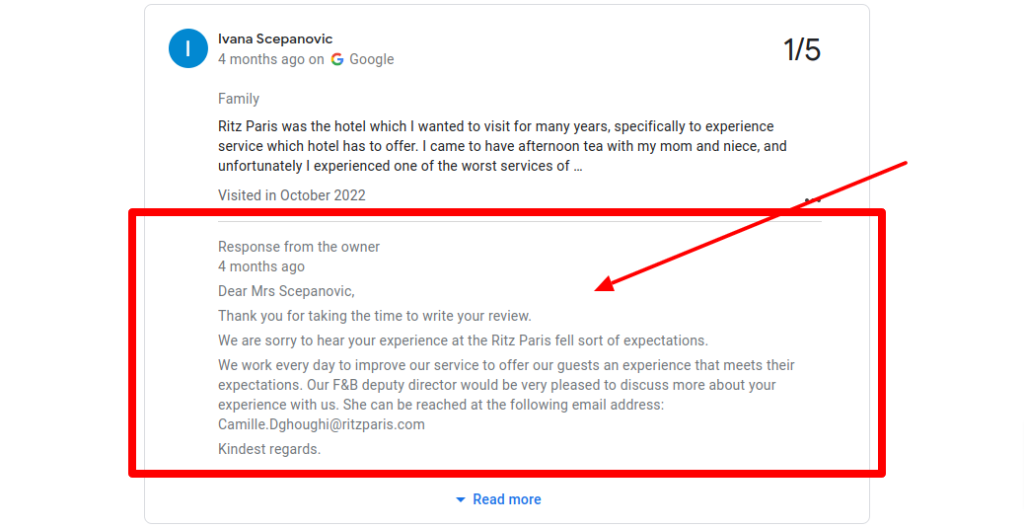
The idea is to use negative feedback in a positive way to win back any customers that you would have otherwise lost.
After all, the voice of the customer is something you want to always hear, because their voice is itself evidence that you have customers. No customers, no voice, right?
Pro tip: Don’t get into a discussion with the customer on a public platform. Simply apologise and take them to your email or share your phone number.
FAQs on using customer’s voice
1. How can businesses effectively collect and manage customer feedback to leverage the voice of the customer for sales and brand improvement?
To effectively collect and manage customer feedback, businesses can implement various strategies. Firstly, they can use customer feedback tools and platforms to gather reviews and comments from customers.
There are at least three advnatages of using good tools. One, these tools can help streamline your feedback collection process. Two, they provide your business with valuable insights into customer sentiments.
And three, your business can leverage social media monitoring tools to keep track of customer mentions and feedback across various social media channels. This can help your business identify trends and address customer concerns in time.
2. How can businesses effectively analyze and utilize customer reviews to improve their marketing strategies and drive sales?
You can leverage customer feedback to refine your strategies, identifying strengths and areas for improvement.
By addressing customer concerns and highlighting positive experiences, your organization can enhance offerings and strengthen customer loyalty. This proactive approach not only drives sales but also fosters a positive brand image in the marketplace.
3. How do businesses balance the use of positive and negative feedback in their marketing efforts to build trust and credibility with customers?
Overall, your business organization should view customer feedback as a valuable resource. That can help you improve offerings and strengthen your relationships with customers.
Also, by listening to your customers and taking proactive steps to address their feedback, you can enhance customer satisfaction and drive sales growth.
Engaging the customers’ voice
You want customers to feel that you hear them and that you understand them. Customer feedback is a valuable asset – you don’t want to waste it away!
Positive feedback is a strong testimonial that you can proudly use like a badge to convert more prospects. Negative feedback is an opportunity to show you’re paying attention and that you’ll do your best to assuage their concerns. As a matter of fact, how you respond to negative feedback can be a pretty good indicator of how your support teams handle customer issues. Make the most of both kinds of feedback.
So how are you planning to use your customer’s voice?

